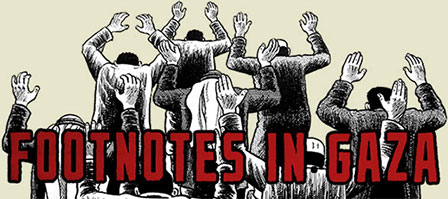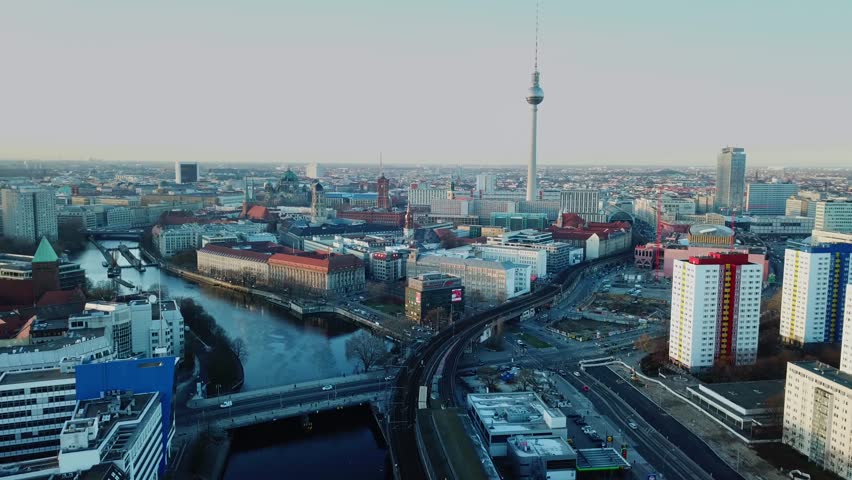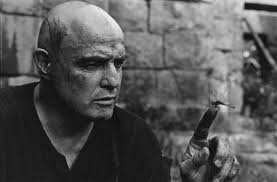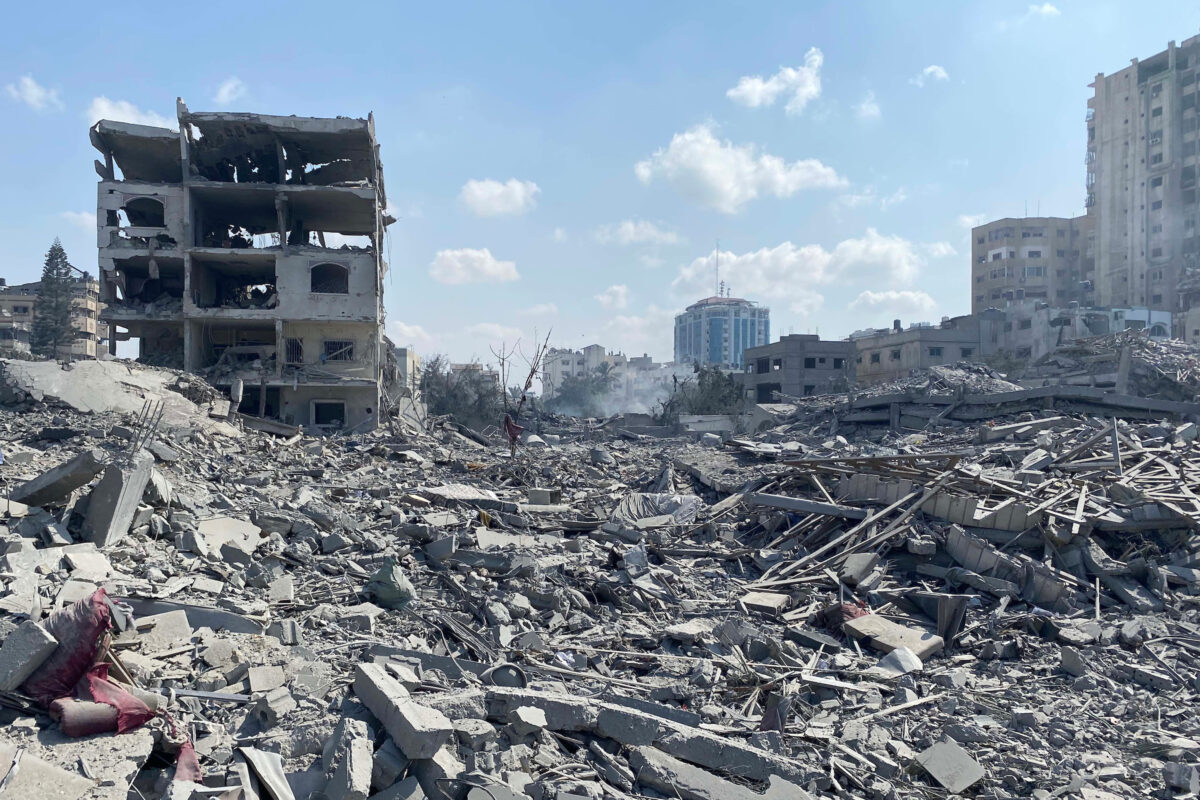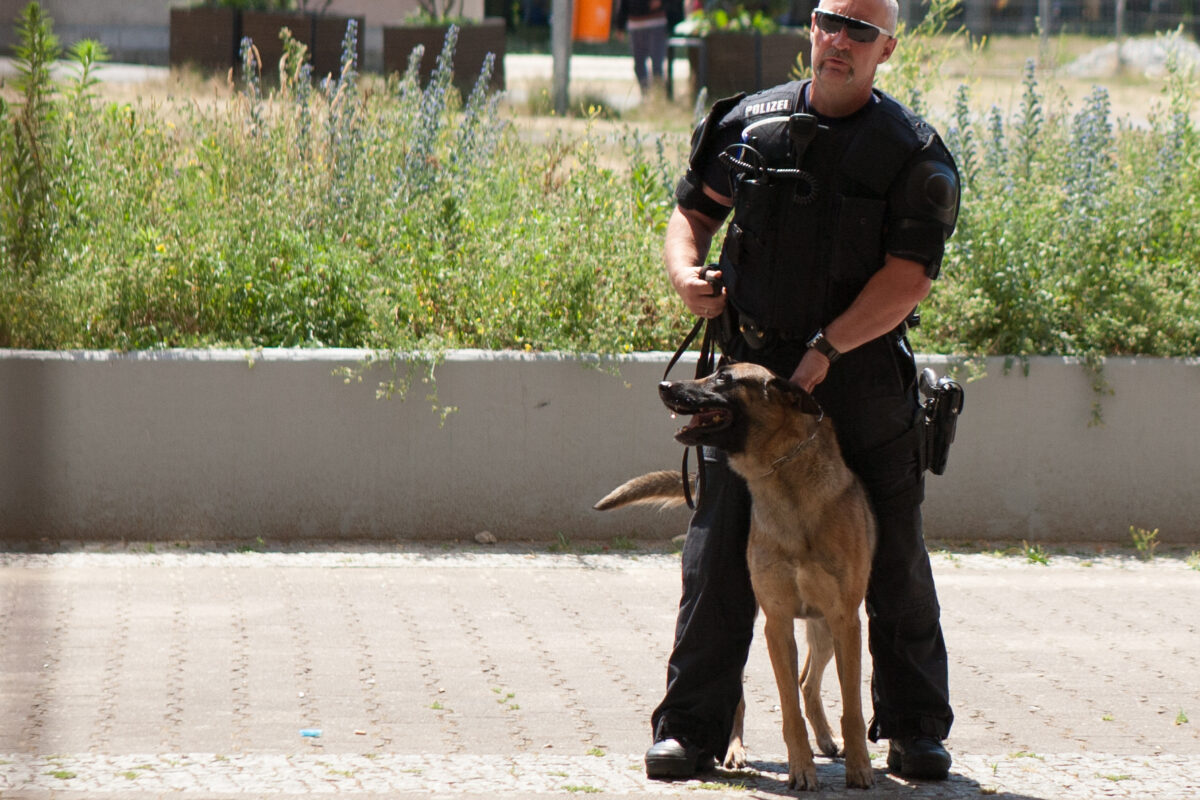“Why are you writing about 1956? It’s so much worse now.” This question, from one of the characters in Joe Sacco’s graphic novel, Footnotes in Gaza (2009), puts the focus on the story that the American journalist pursues between 2002 and 2003 in the Gaza Strip: the indiscriminate killings of the Palestinian population in Khan Younis and Rafah in November 1956.
Someone might believe that a graphic novel cannot contain all the elements that a journalistic investigation requires, but the author warns that he is going to do what many journalists have not done: to relate rigorously, in this case, to some specific events within the framework of the Sinai War. Joe Sacco’s alter ego and his local companion-guide Abed accompany us during the investigation, at a time when the world (including the Gaza Strip) was shocked by the start of the criminal Iraq War.
The story mixes the present and the past. The demolitions of houses in Rafah at the time of Sacco’s visit (2003) with the inquiries about the 1956 assassinations in Khan Younis and Rafah. Interviews with elderly people who remembered those events, along with conversations around tea and honey cakes in which Gazans tell them about the miseries of a conflict that is much talked about, but rarely portrayed truthfully (at least to the West).
In Khan Younis and Rafah, the Israeli army indiscriminately killed dozens of men under the pretext of searching for hidden Egyptian soldiers and Fedayeen. The accounts from the Palestinian population, which Sacco meticulously contrasts, questions and tries to sift through, to draw common conclusions, are clear: there was no resistance on the part of the Palestinian people and the Israeli army killed, wounded and arrested without any kind of humanity hundreds of people (almost all men of “military age”).
Those who enter the story may end up feeling the loss of a loved one, the frustration at the demolition of a house or the despair of those who do not see a future.
The accounts of the victims or relatives of the victims may be blurred by the passage of time, exacerbated, embellished or partially forgotten, but Sacco extracts the common threads they all have, in an impeccable exercise of journalism. He even collects the testimony of a former Israeli soldier, Marek Gefen, which coincides in the main with the other testimonies. Lastly, in some final appendices, he includes letters and reports from UN observers and members of the US army expressing their “concern” about cold-blooded murders against the Gazan population at that time at the end of 1956. The questioning of David Ben-Gurion by Knesset member Esther Vilenska of the Communist Party of Israel, demanding an investigation into the events. Ben-Gurion chose not to respond to such an interpellation and instead justified his actions on the grounds of alleged Palestinian violence and the need to find Egyptian soldiers hiding in Rafah.
The story, which allows us to enter into the life of the investigative journalist, almost manages to make the reader feel in a timeless moment of the conflict in Palestine. Because the situation is not so different in the present of the work (2003) with respect to the events of 1956. The death, fear, colonization and despair to which the Gazan population is subjected knows no dates, because it has been their daily life for decades. Sacco himself comes under the fire of tracer ammunition when he walks through the streets of Rafah in search of testimonies, for the mere fact of walking with a group of men at night.
As for the drawing, Sacco’s exquisite lines contain a restrained severity that tries to avoid being excessively gruesome or morbid. The images, already harsh in themselves, are accompanied by even harsher narratives that penetrate the mind of the reader who, in the combination of text and image, can feel almost present in the story. Those who enter the story may end up feeling the loss of a loved one, the frustration at the demolition of a house or the despair of those who do not see a future.
